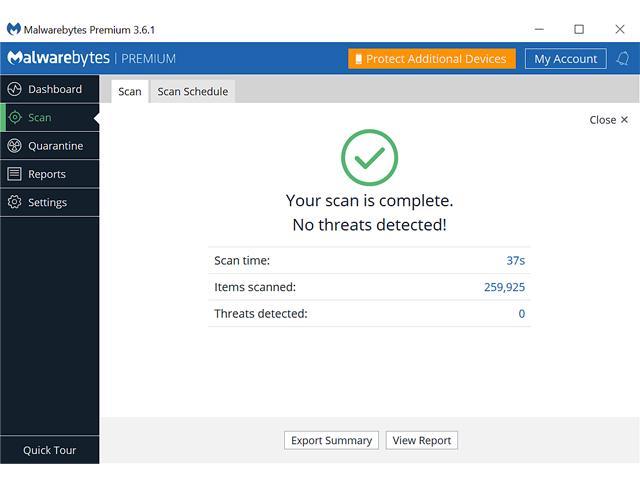

- WHAT IS MALWAREBYTES 3.0 PREMIUM SOFTWARE
- WHAT IS MALWAREBYTES 3.0 PREMIUM CODE
- WHAT IS MALWAREBYTES 3.0 PREMIUM PC
The first well-known worm was the Internet Worm of 1988, which infected SunOS and VAX BSD systems. The first worms, network-borne infectious programs, originated not on personal computers, but on multitasking Unix systems.

The 2018 Data Breach Investigations Report by Verizon, cited by CSO Online, states that emails are the primary method of malware delivery, accounting for 92% of malware delivery around the world. Users may also execute disguised malicious email attachments.
WHAT IS MALWAREBYTES 3.0 PREMIUM SOFTWARE
Older email software would automatically open HTML email containing potentially malicious JavaScript code. Anyone who then attached the stick to another computer set to autorun from USB would in turn become infected, and also pass on the infection in the same way.
WHAT IS MALWAREBYTES 3.0 PREMIUM CODE
For example, a virus could make an infected computer add autorunnable code to any USB stick plugged into it. Malware distributors would trick the user into booting or running from an infected device or medium.
WHAT IS MALWAREBYTES 3.0 PREMIUM PC
The first IBM PC virus in the "wild" was a boot sector virus dubbed (c)Brain, created in 1986 by the Farooq Alvi brothers in Pakistan. Early computer viruses were written for the Apple II and Macintosh, but they became more widespread with the dominance of the IBM PC and MS-DOS system. By inserting a copy of itself into the machine code instructions in these programs or boot sectors, a virus causes itself to be run whenever the program is run or the disk is booted. īefore Internet access became widespread, viruses spread on personal computers by infecting executable programs or boot sectors of floppy disks. The combination of cryptographic technology as part of the payload of the virus, exploiting it for attack purposes was initialized and investigated from the mid 1990s, and includes initial ransomware and evasion ideas. His 1987 doctoral dissertation was on the subject of computer viruses. Fred Cohen experimented with computer viruses and confirmed Neumann's postulate and investigated other properties of malware such as detectability and self-obfuscation using rudimentary encryption. This constituted a plausibility result in computability theory. John von Neumann showed that in theory a program could reproduce itself. The notion of a self-reproducing computer program can be traced back to initial theories about the operation of complex automata. įurther information: Timeline of computer viruses and worms Malware is now being designed to evade antivirus software detection algorithms. The defense strategies against malware differs according to the type of malware but most can be thwarted by installing antivirus software, firewalls, applying regular patches to reduce zero-day attacks, securing networks from intrusion, having regular backups and isolating infected systems.

Many types of malware exist, including computer viruses, worms, Trojan horses, ransomware, spyware, adware, rogue software, wiper, and scareware. Cybercrime, which includes malware attacks as well as other crimes committed by computer, was predicted to cost the world economy 6 trillion dollars in 2021, and is increasing at a rate of 15% per year. According to Symantec’s 2018 Internet Security Threat Report (ISTR), malware variants number has increased to 669,947,865 in 2017, which is twice as many malware variants as in 2016. Malware poses serious problems to individuals and businesses. By contrast, software that causes harm due to some deficiency is typically described as a software bug. Malware (a portmanteau for malicious software) is any software intentionally designed to cause disruption to a computer, server, client, or computer network, leak private information, gain unauthorized access to information or systems, deprive users access to information or which unknowingly interferes with the user's computer security and privacy.


 0 kommentar(er)
0 kommentar(er)
